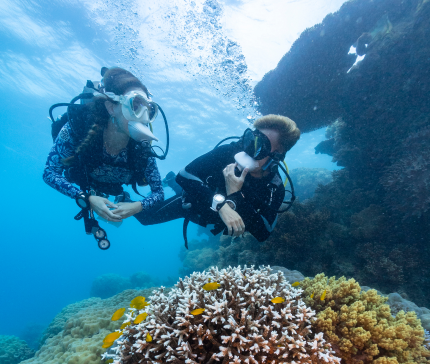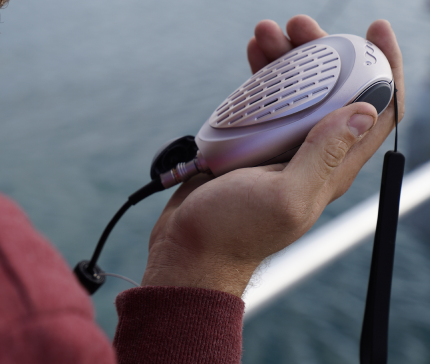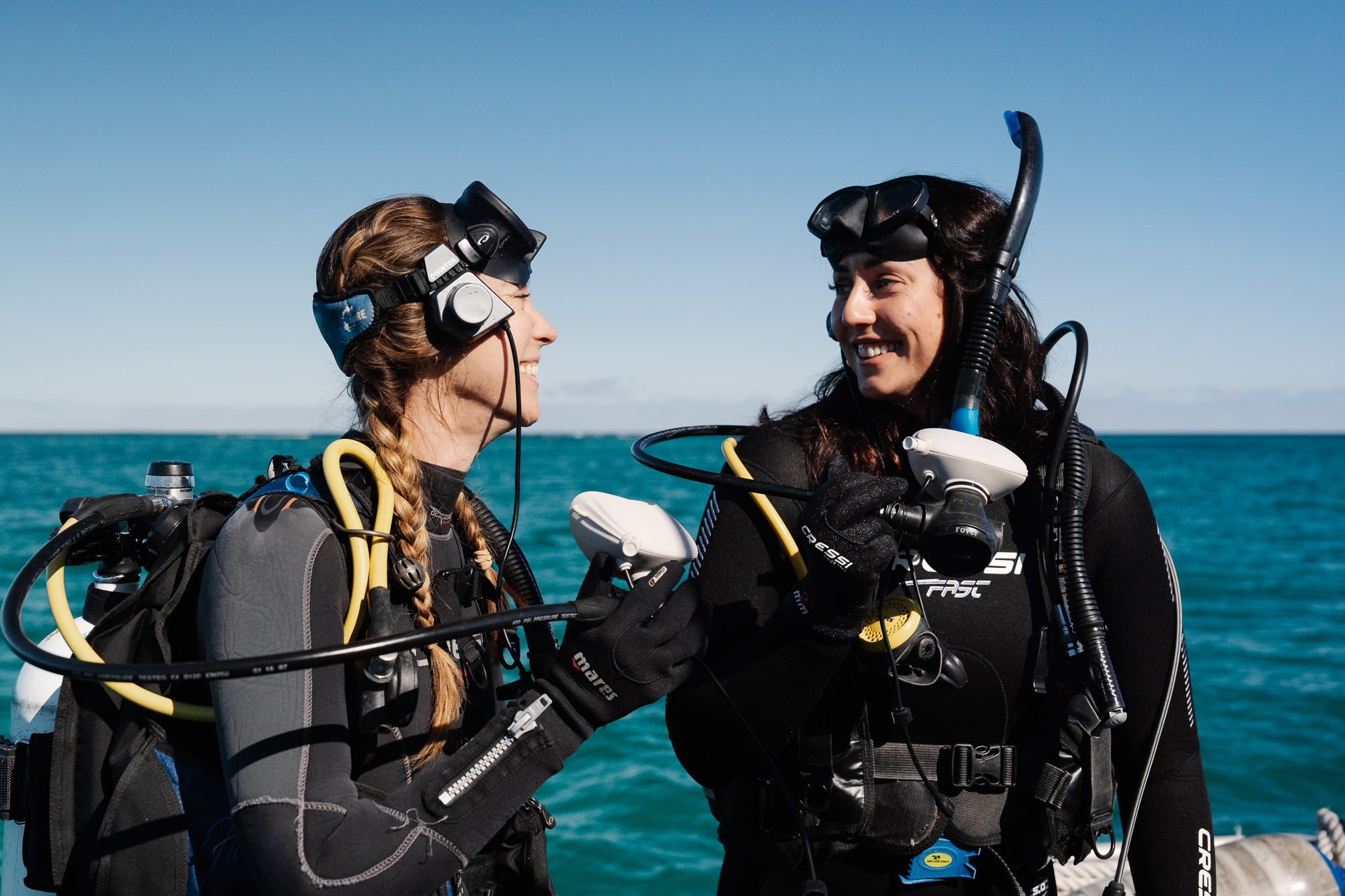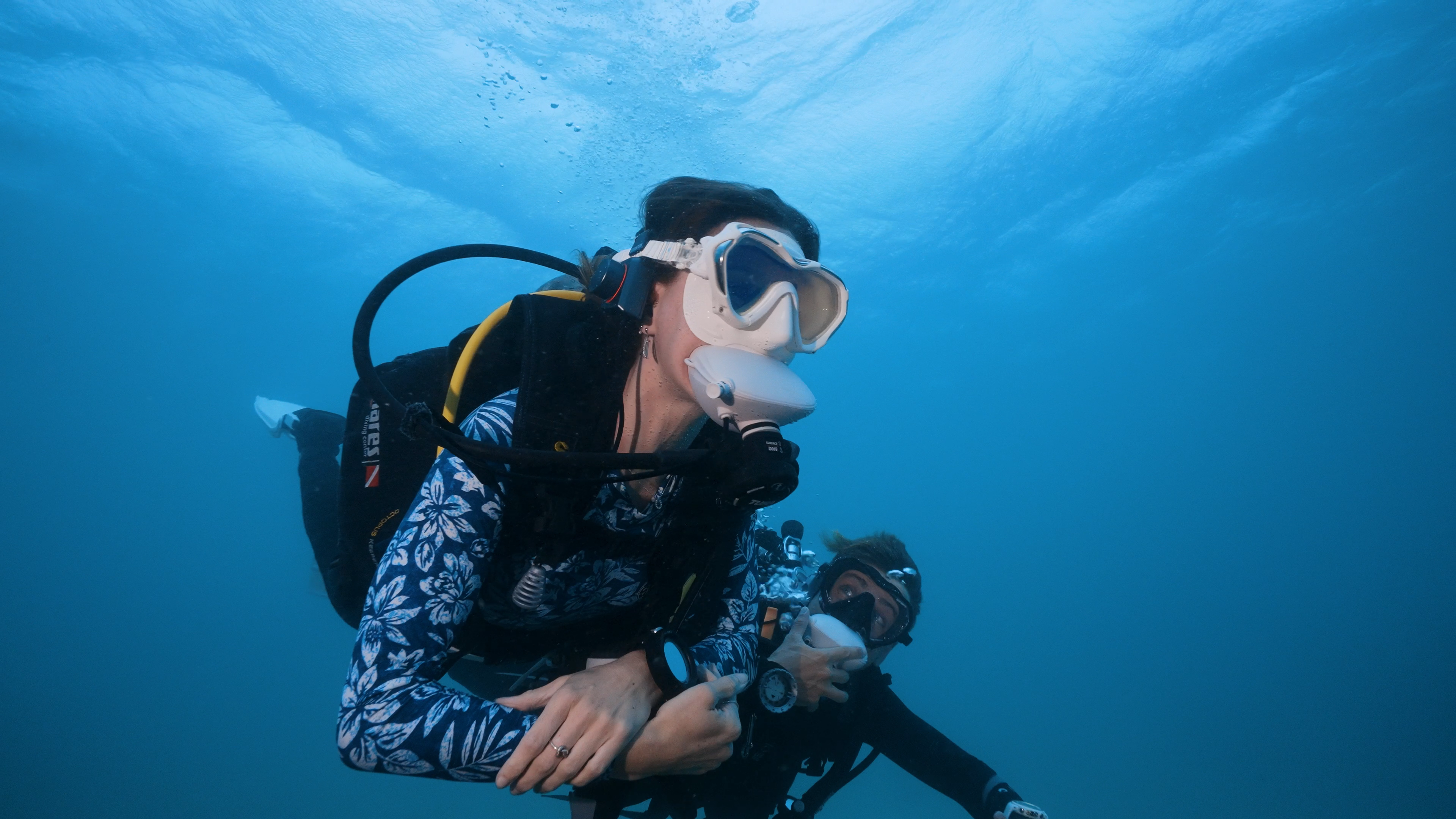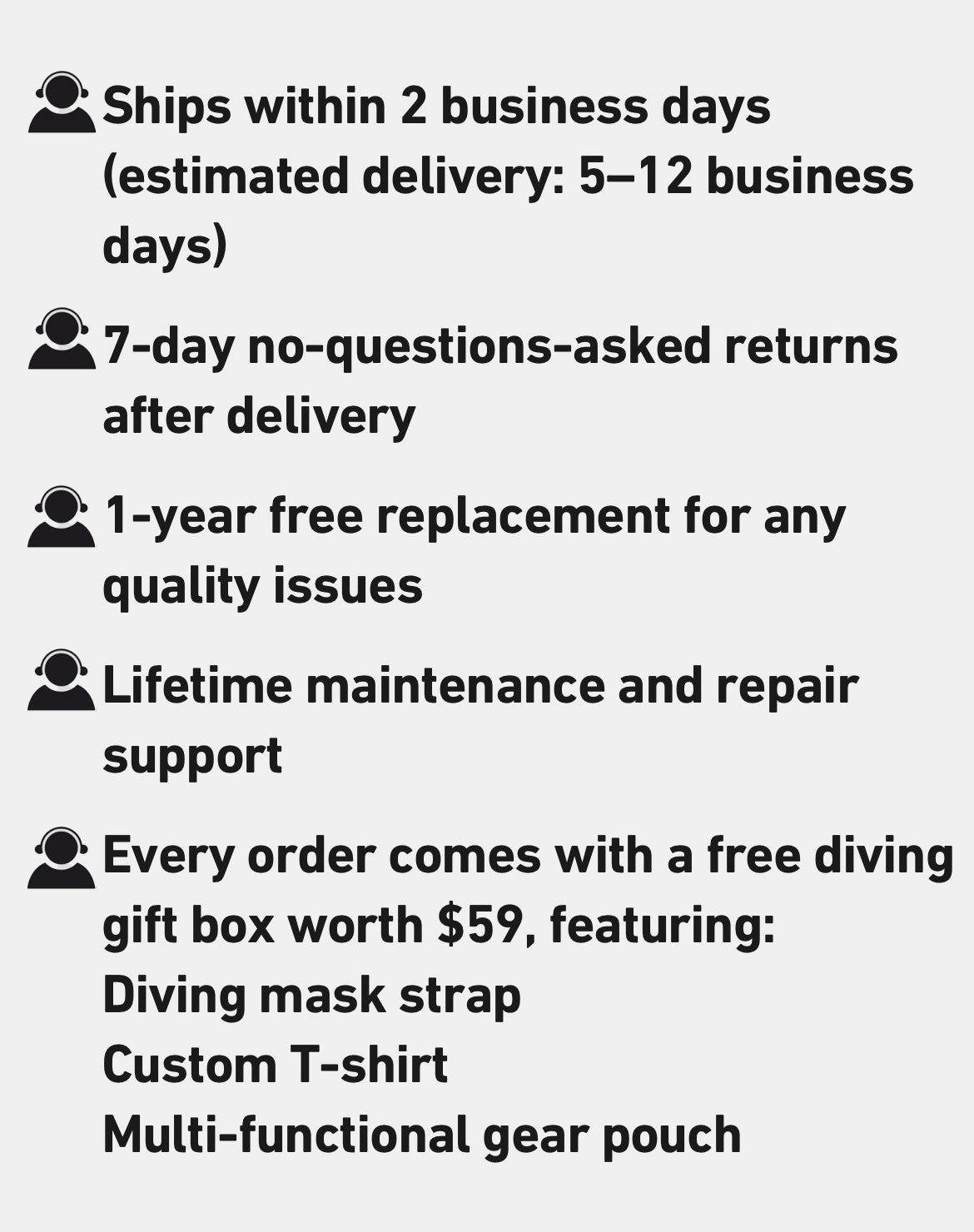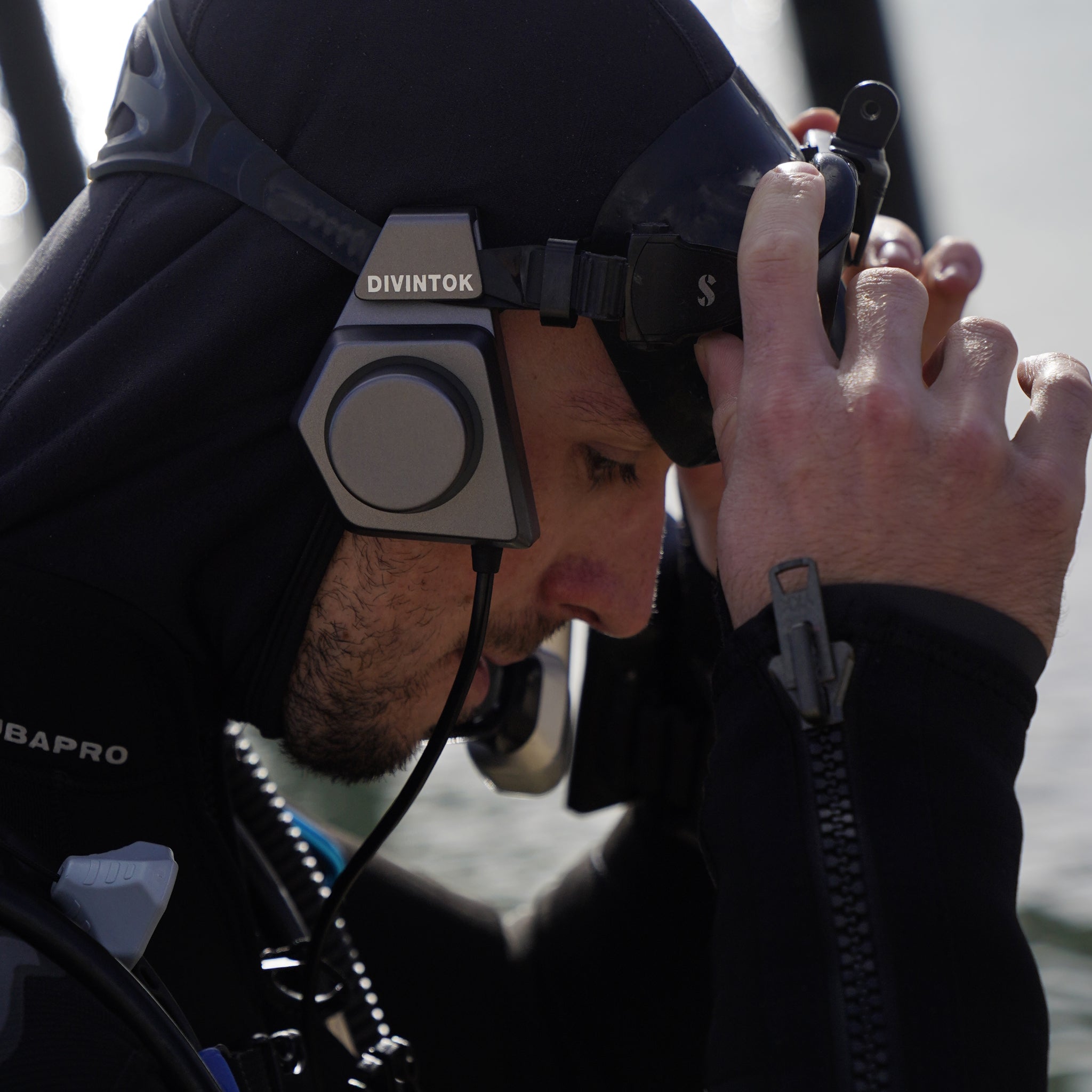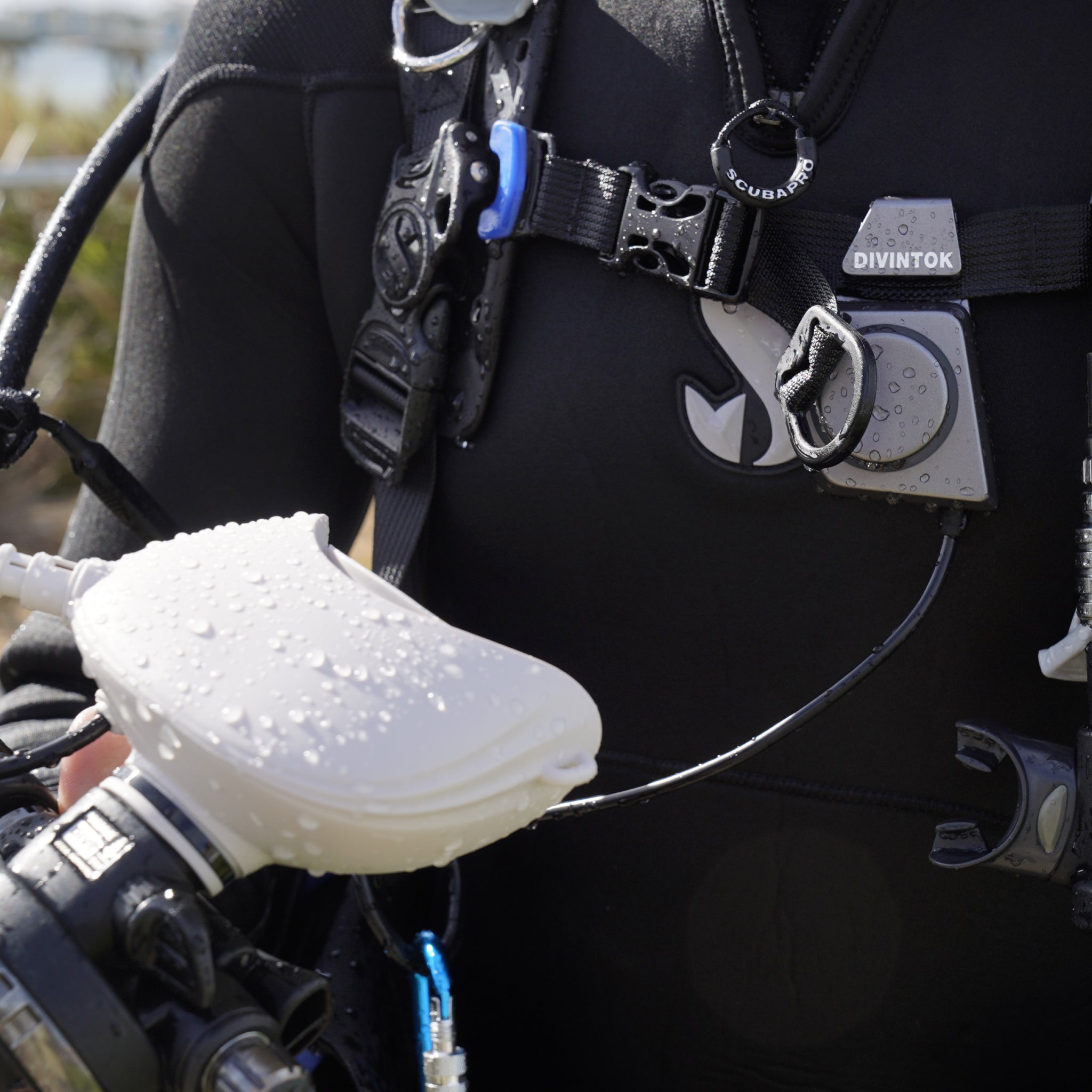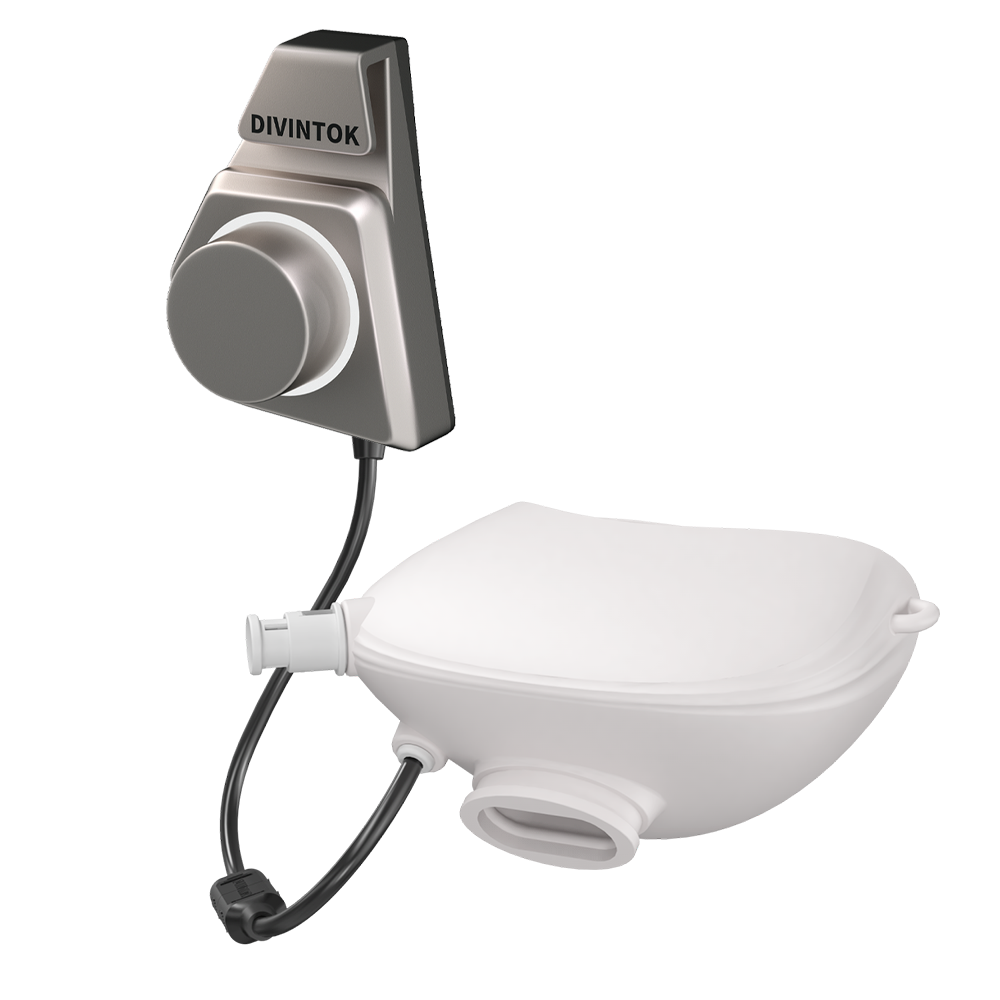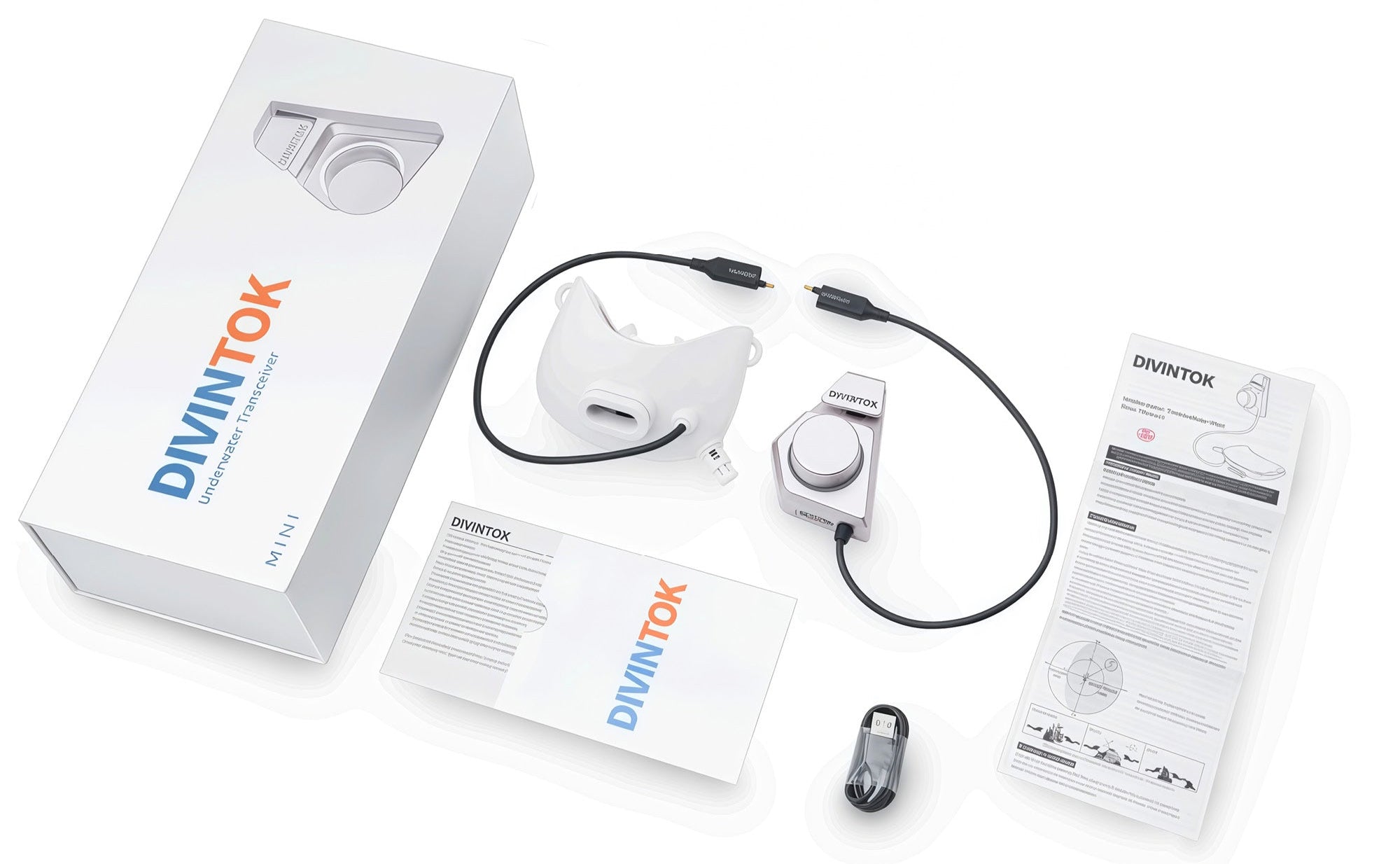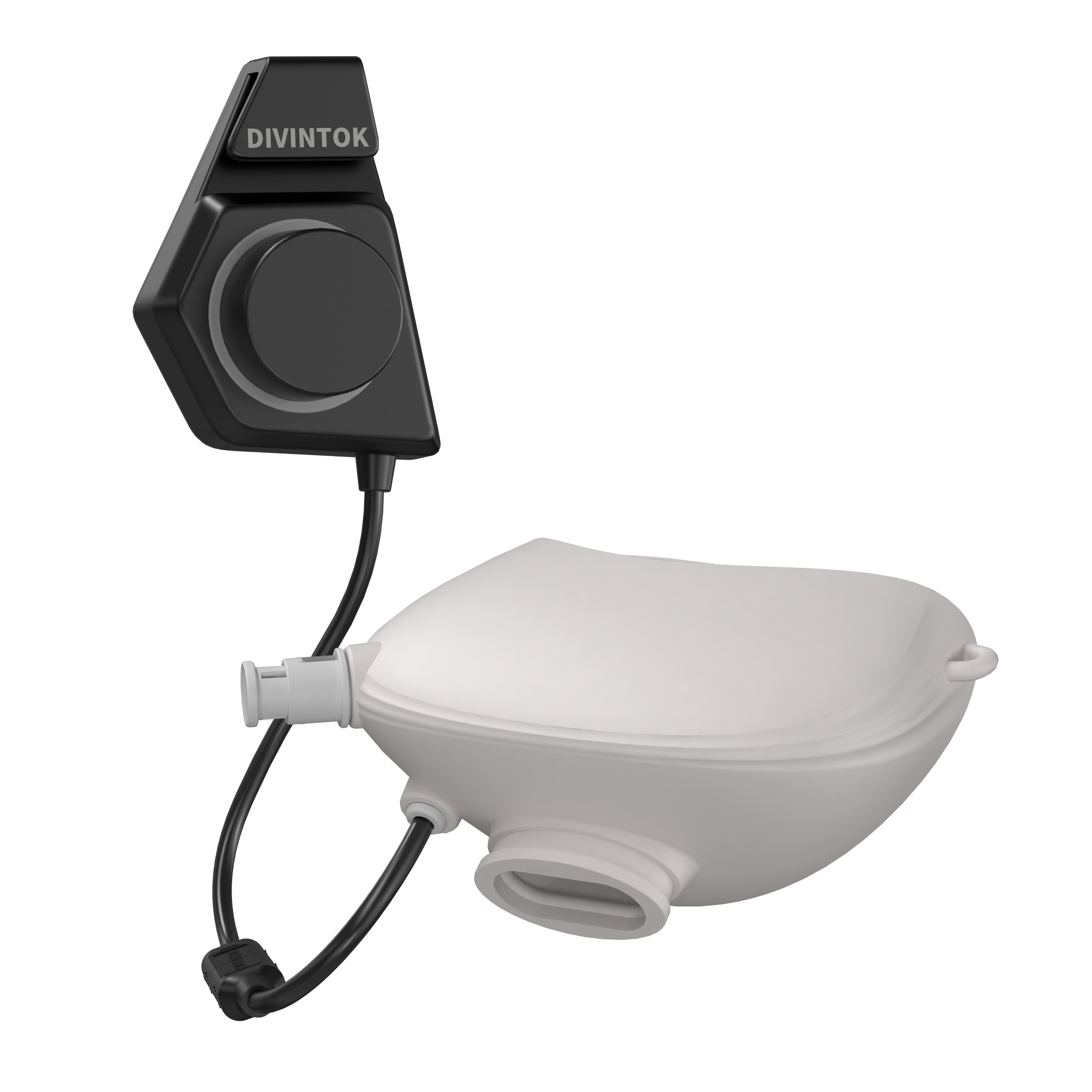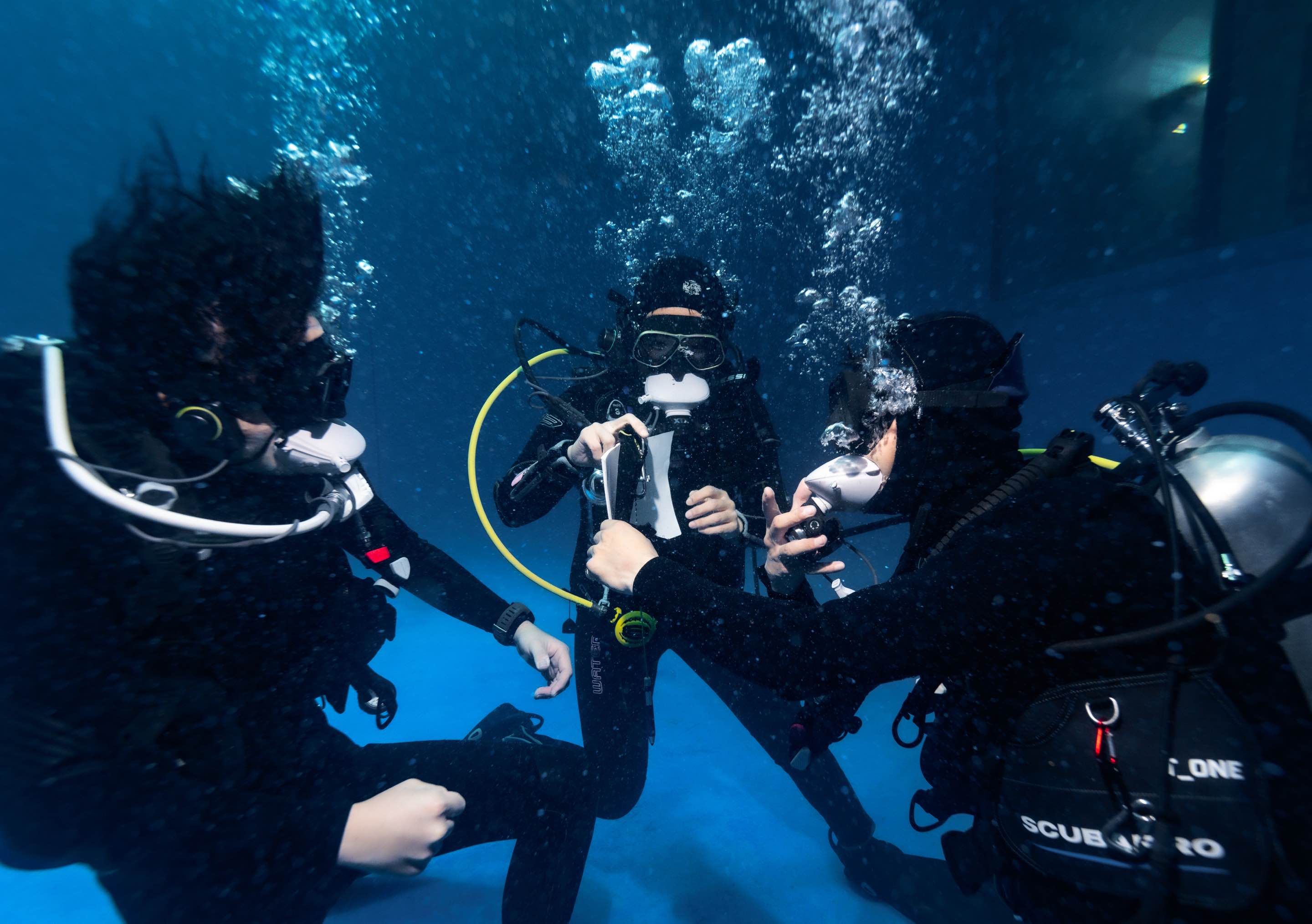Tap to hear!
How divers really sound underwater
Heard it?
How cool is that?!
Go with real divers, record holders, and trusted voices — experience the beauty of cutting-edge underwater tech.
Scuba Diving Magazine Recommendation
《Scuba Diving》an official publication of the PADI Club, featured a lab test of the DIVINTOK in its August 2024 issue and gave it a positive recommendation.

Real-World Impressions from DIVELAB and SCUBALAB

Based on the data we collected we found that the Divintok did not affect breathing resistance.
We found it did not have any issues with CO2 retention.
——DIVELAB
We liked how simple the system is to set up and operate. We also liked the built-in recording function.
The dive site was a cavern, and we were able to communicate clearly with the surface at 50 feet.
——SCUBALAB
DIVINTOK and PADI jointly launched it at the 2024 ADEX and DIVINTOK won the prize of Annual DIVING EQUIPMENT HIGH-TECH INNNOVATION BRAND award.
A Breakthrough: It Fits Your Scuba Gear.
The voice system includes both underwater and surface transceivers, fully compatible with standard scuba gear. It’s widely used in scuba instruction, underwater filming, performances, and guided dives.



Guinness Record Diver Ahmed Gabr Dives with DIVINTOK
He’s a legend in the diving world!
Ahmed Gabr — Guinness World Record holder for the deepest scuba dive — was among the first to use DIVINTOK.
Ice diving! With DIVINTOK, Gabr maintained clear communication with his surface safety team.
Field-Tested Worldwide
1. Australia-Cassie
"I'm not gonna lie the most amazing time is being able to speak to my team underwater "
2. Canada-Clay
"It's a really cool concept!"
3. Maldives-Ali Maseeh
"This will be the game changer for the diving in Maldives!"
4. Canada-Chris
"I‘m very excited to test the product out!"

